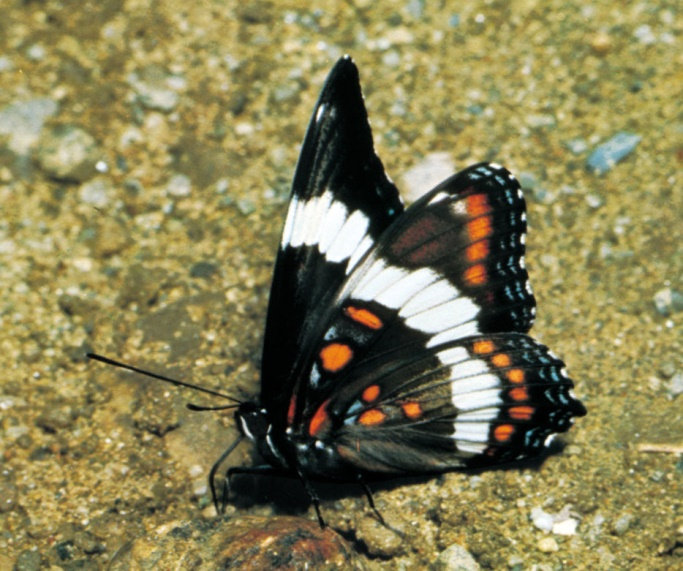UPSC Articles
Lepidoptera Species move up the Himalayas due to Climate Change
Part of: GS Prelims and GS-III – Climate change
In news
- According to a recent study, rising average temperatures in the Himalayan region have driven several dozen species of butterfly and moth to habitats higher up the mountains.
- Carried out by: Zoological Survey of India (ZSI)
- Funded by: Ministry of Environment, Forest and Climate Change.
Key takeaways
- At least 49 species of moth and 17 species of butterfly have shown considerable new upward altitude movement.
- The extension of the range of Lepidoptera due to climate change has been observed all over the world as well.
- The ZSI predicts a decline of as much as 91% in the suitable area for the Notodontidae family of moths in J&K, Himachal, and Uttarakhand by 2050.
- The study also revealed an increase in the richness of Lepidoptera biodiversity from the Western to the Eastern Himalayas.
Important value additions
Lepidoptera
- It is the order of insects that includes butterflies, moths and skippers.
- The name Lepidoptera is derived from the Greek, meaning “scaly winged”.
- It also refers to the characteristic covering of microscopic dust like scales on the wings.
- Importance: (1) They transform large amounts of plant matter into the animal matter and in turn serve as food for many other groups of animals; (2) They aid in pollination.
- The Himalayas are home to more than 35% of Lepidoptera species (butterflies and moths) found in India.















